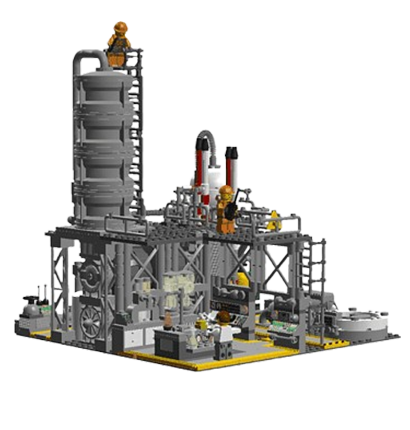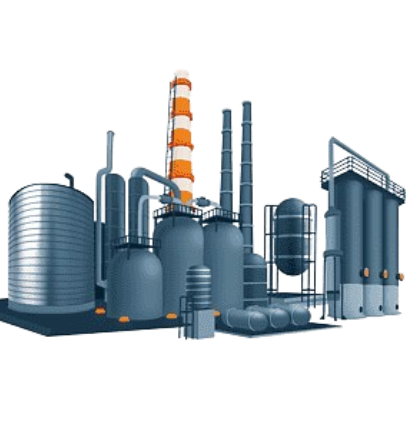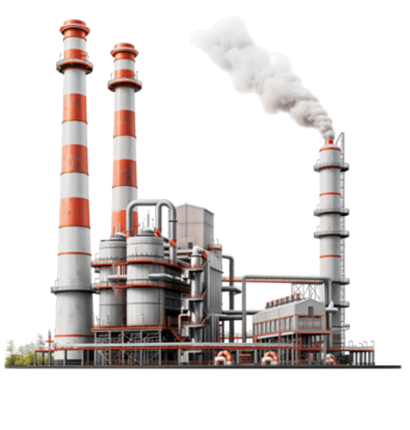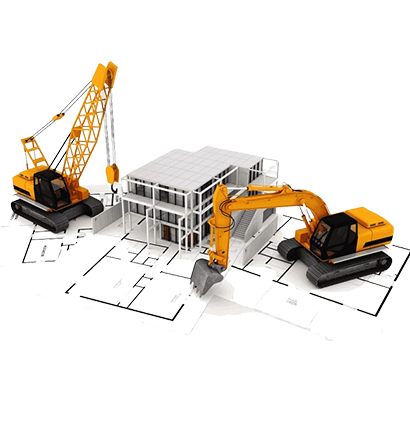Copper is a ductile and malleable metal with excellent thermal and electrical conductivity, making it one of the most widely used materials across industries. It is a chemical element with the symbol Cu and atomic number 29, derived from the Latin “cuprum”, and is located in the transition metal group of the periodic table of elements. Copper, with its unique reddish-brown hue, has a captivating aesthetic appeal and has been prized throughout history.
Copper is known for its exceptional properties, being second only to silver in thermal and electrical conductivity. This makes it ideal for applications requiring efficient heat transfer and electrical conductivity, such as electrical wires, power generation and transmission systems, and electronics. In addition, copper is highly resistant to corrosion and can withstand harsh environments, making it suitable for pipes, roofing, and marine applications. Its malleability and ductility allow it to be easily shaped and formed into complex designs, further enhancing its versatility across industries.
While copper usually exists in its pure form, known as “natural copper,” it is often alloyed with other metals to enhance specific properties. Notable copper alloys include bronze (copper and tin) and brass (copper and zinc), valued for their strength, durability, and beauty.
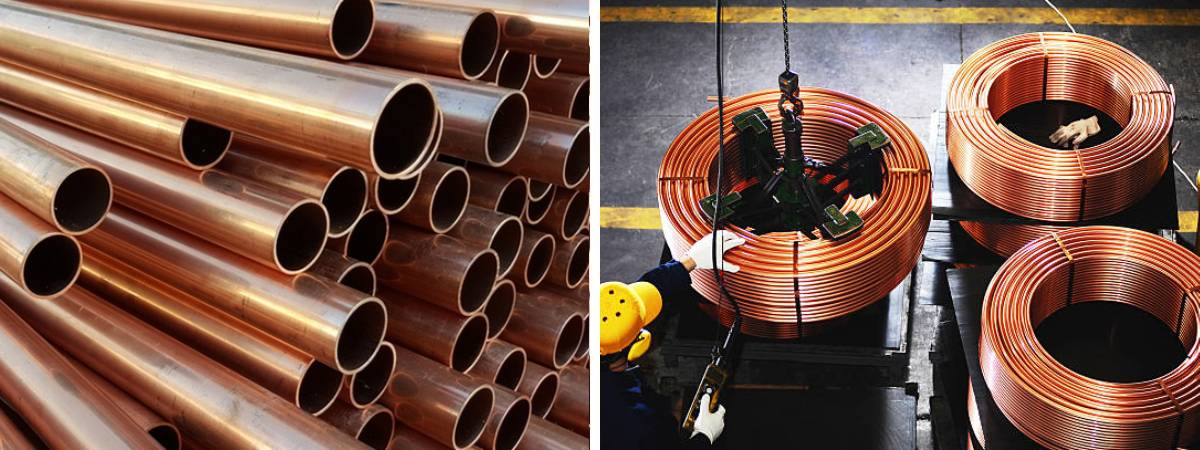
- Appearance: Copper has a distinctive reddish-orange color. When freshly exposed, it has a bright metallic luster that dulls over time due to oxidation.
- Ductility: Copper is highly ductile, meaning it can be drawn into thin wires without breaking. It is one of the most ductile metals, allowing for the production of fine and flexible copper wires.
- Malleability: Copper is also highly malleable, meaning it can be hammered or rolled into thin sheets without fracturing. This property makes copper suitable for various forming and shaping processes.
- Electrical Conductivity: Copper is an excellent conductor of electricity. It has the second-highest electrical conductivity among pure metals (after silver), making it widely used in electrical wiring, power transmission, and electrical components.
- Thermal Conductivity: Copper exhibits high thermal conductivity, meaning it efficiently conducts heat. This property makes copper valuable for applications such as heat exchangers, cooling systems, and conductive elements in electronics.
- Corrosion Resistance: Copper has good resistance to corrosion in various environments, particularly in non-acidic conditions. It forms a protective layer of copper oxide (Cu2O) or copper carbonate (CuCO3) on its surface, which helps prevent further corrosion.
- Magnetic Properties: Copper is not magnetic. It is classified as a non-magnetic metal, which is advantageous in certain applications where magnetic interference must be minimized.
- Alloying: Copper readily forms alloys with other metals, resulting in a wide range of copper alloys with different properties. These alloys can enhance strength, hardness, corrosion resistance, and other desirable characteristics.


